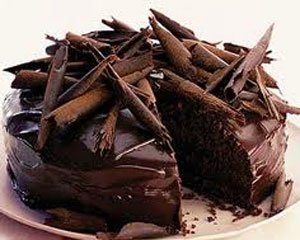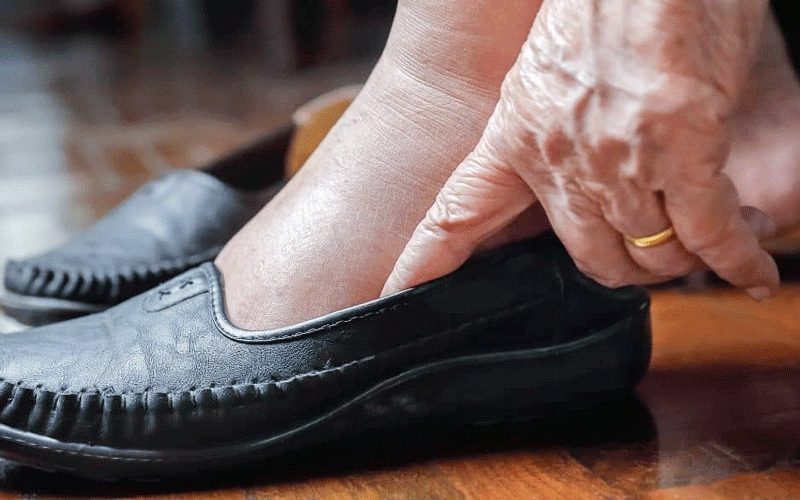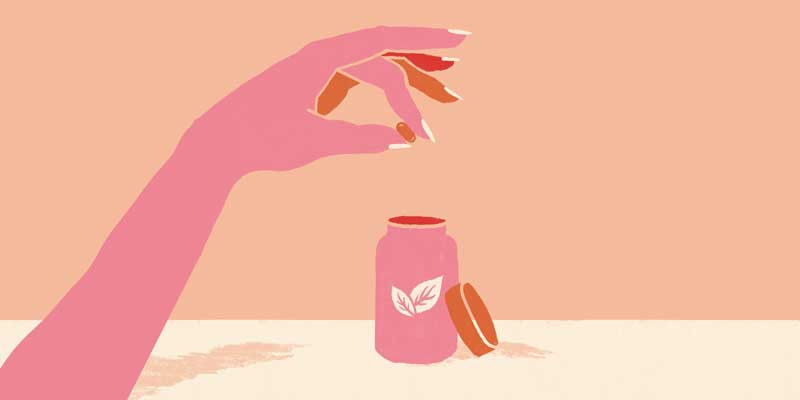
It’s been a subject of debate for decades, but it seems diet really does have an impact on a person’s complexion. — Mailonline
A landmark overview of research carried out over the past 50 years has found that eating foods with a high glycaemic index (GI) and drinking milk not only aggravated acne but in some cases triggered it, too.
Millions of teenagers — and increasingly adults — are affected by the often painful skin condition which causes the skin to develop unsightly spots on the face, neck, chest and back.
Acne is caused by a combination of the skin producing too much sebum and a build-up of dead skin cells which clogs the pores and leads to a localised infection or spot.
It is thought that excess sebum production is caused by hormonal fluctuations, which explains why around 80% of teenagers experience bouts of acne throughout adolescence. While there is no danger from the spots themselves, severe acne can scar as well as lead to anxiety, low self-esteem and depression.
Since the late 19th century, research has linked diet to acne, with chocolate, sugar and fat singled out as the main culprits. But studies carried out from the 1960s onwards have disassociated diet from the development of the condition.










